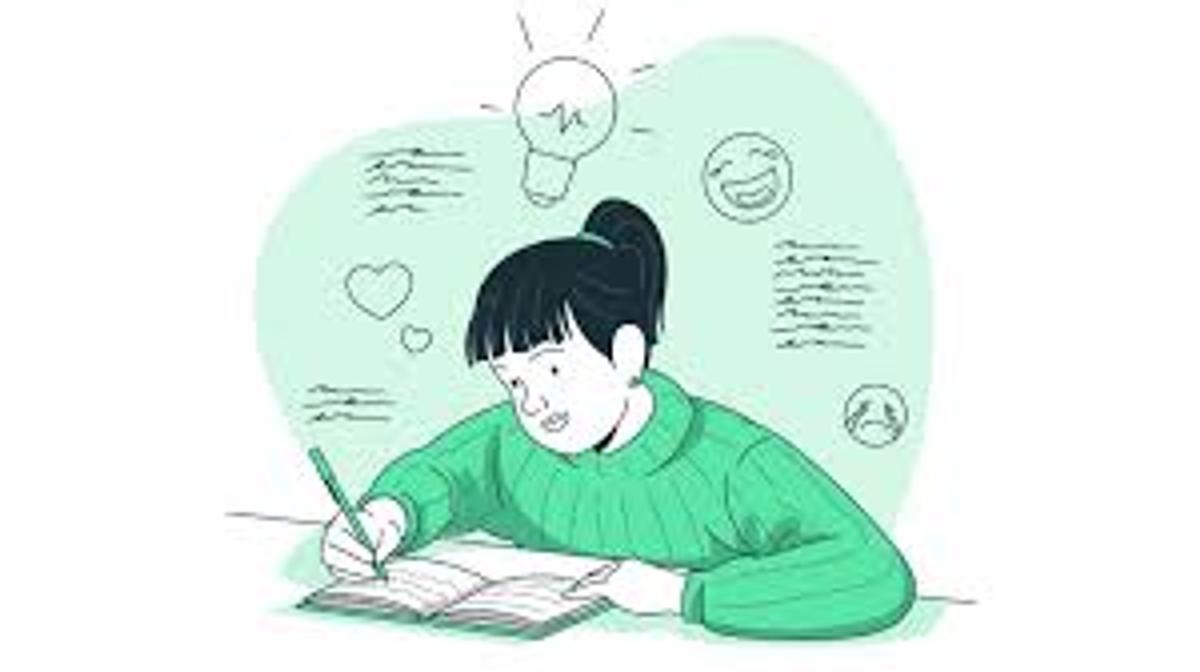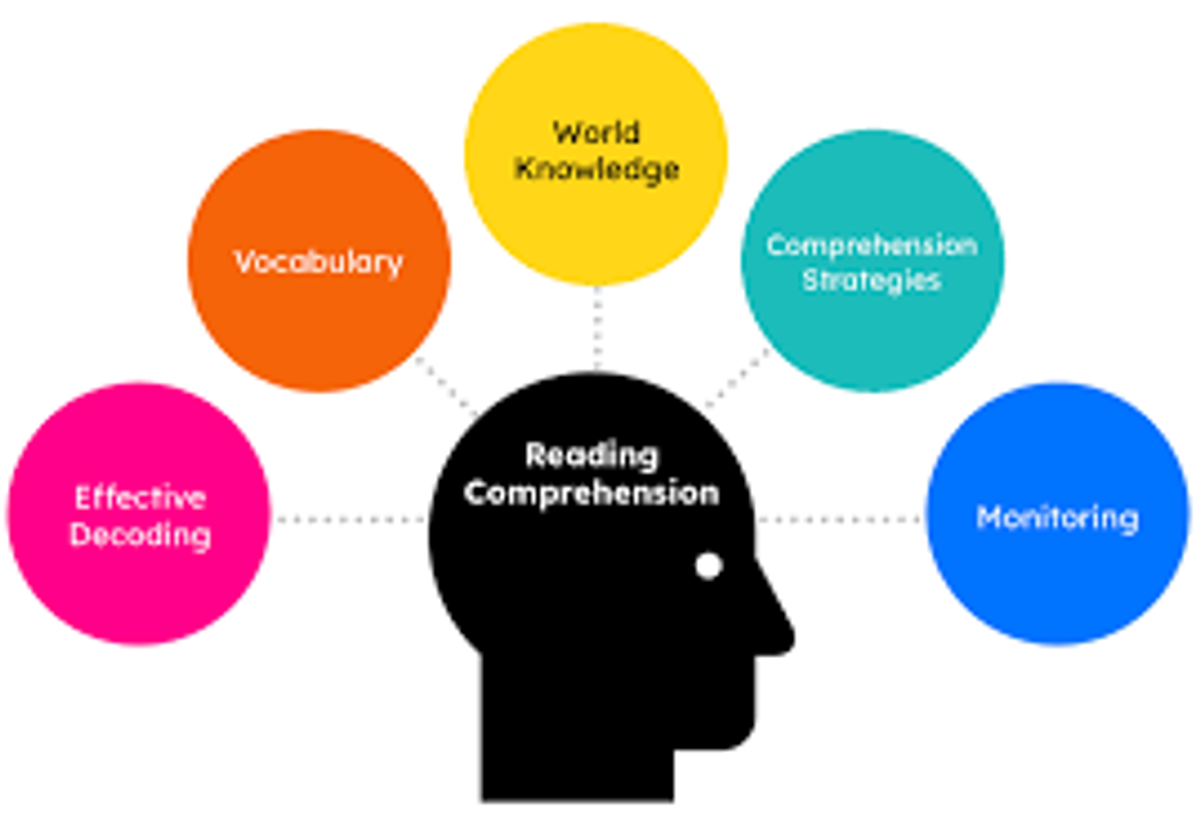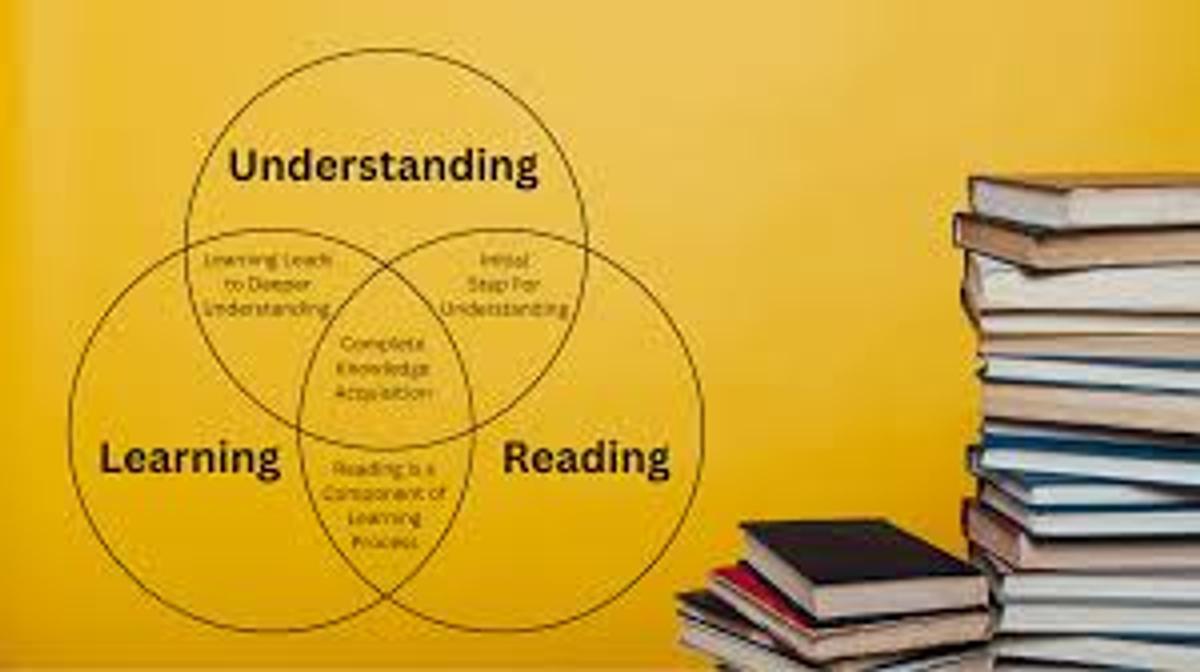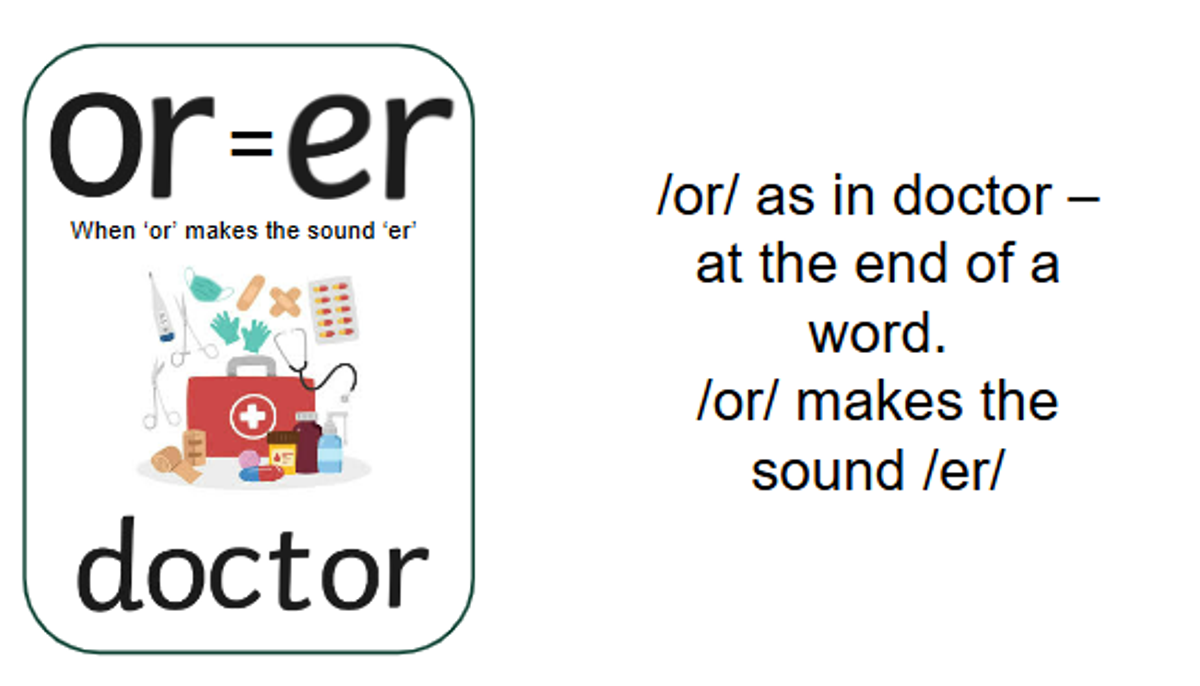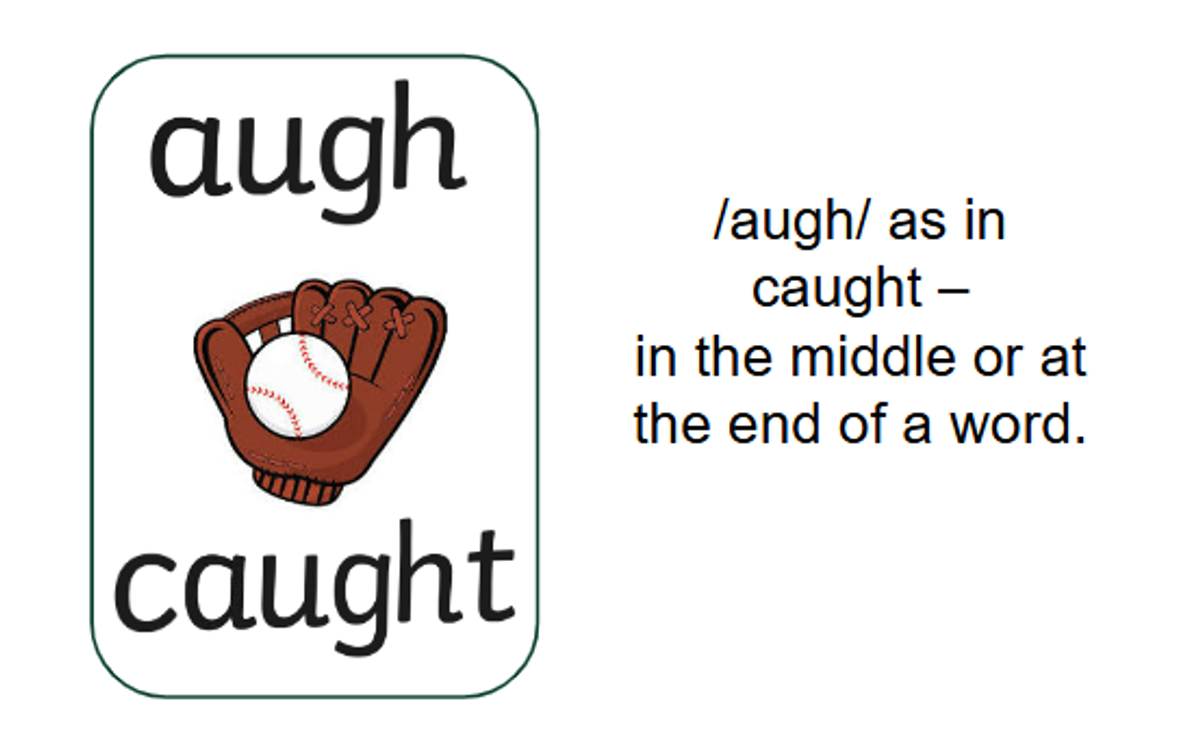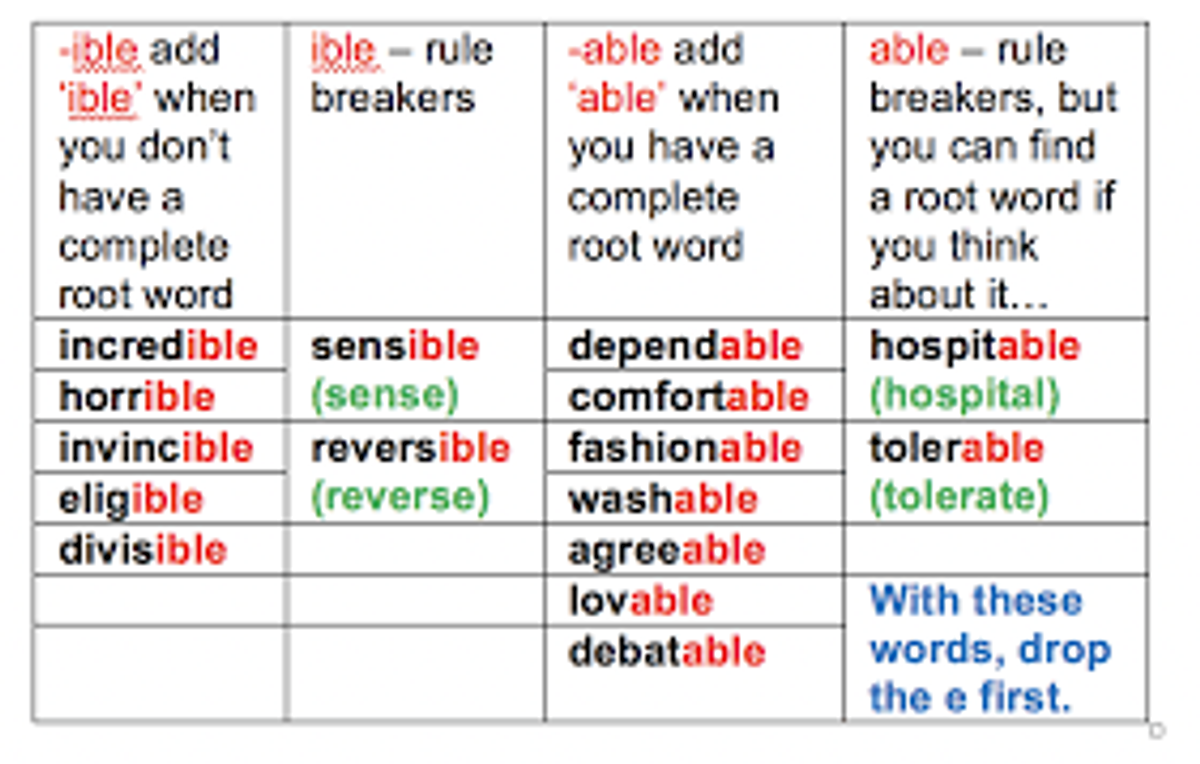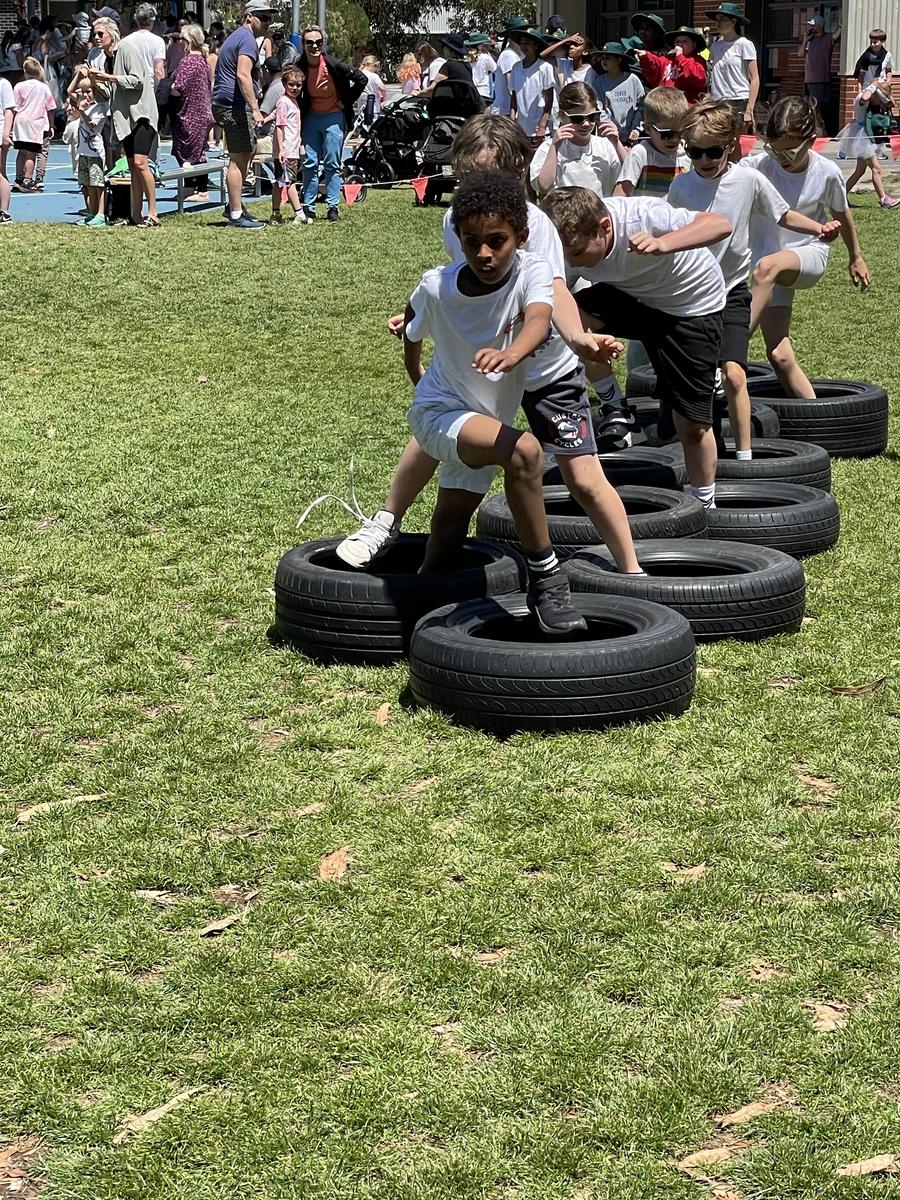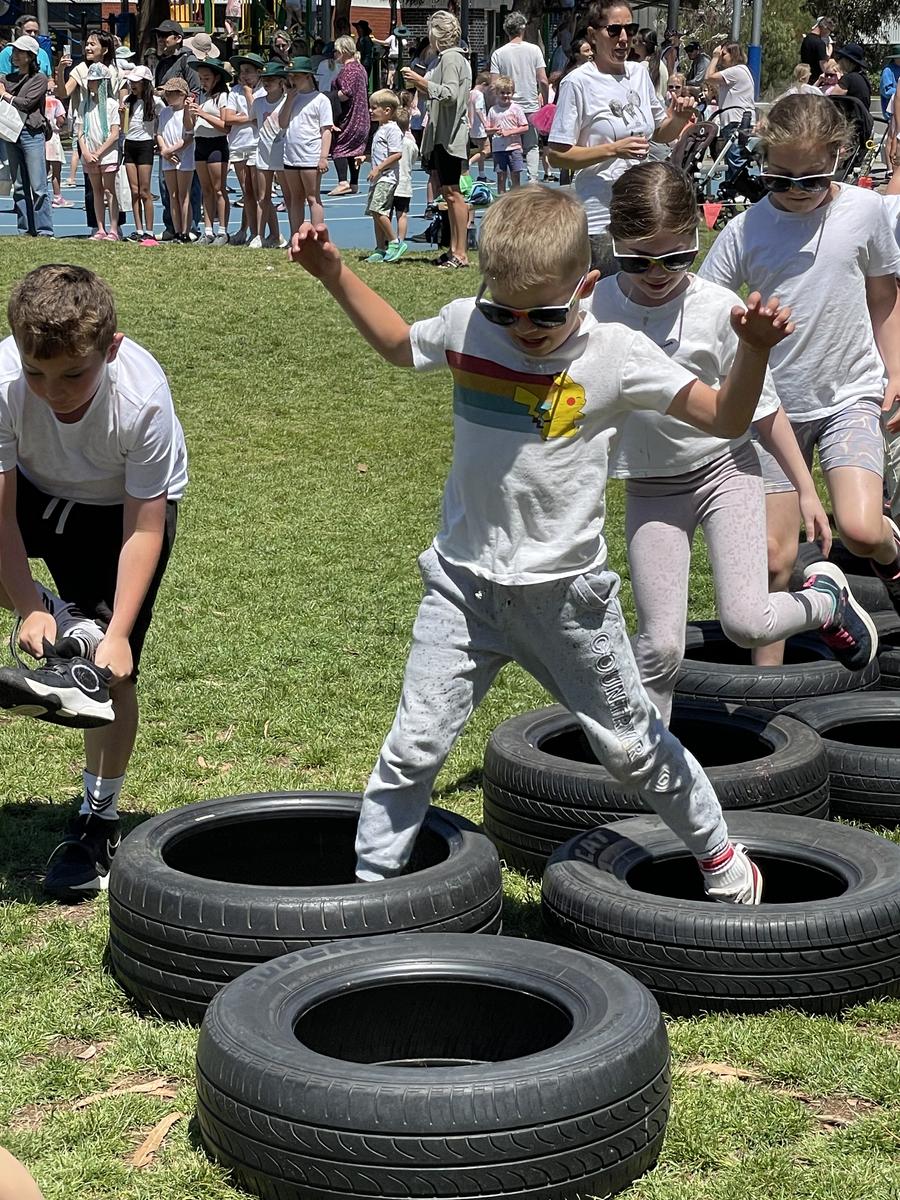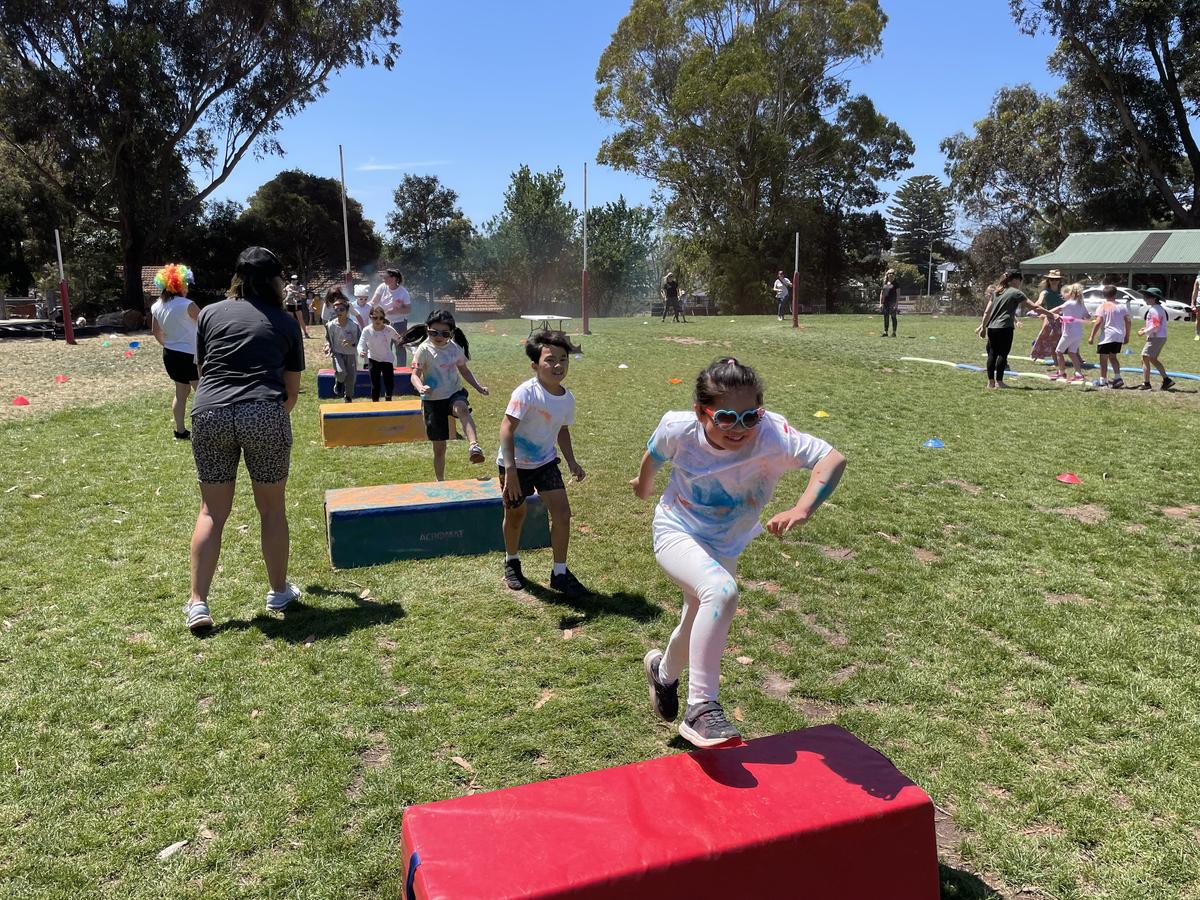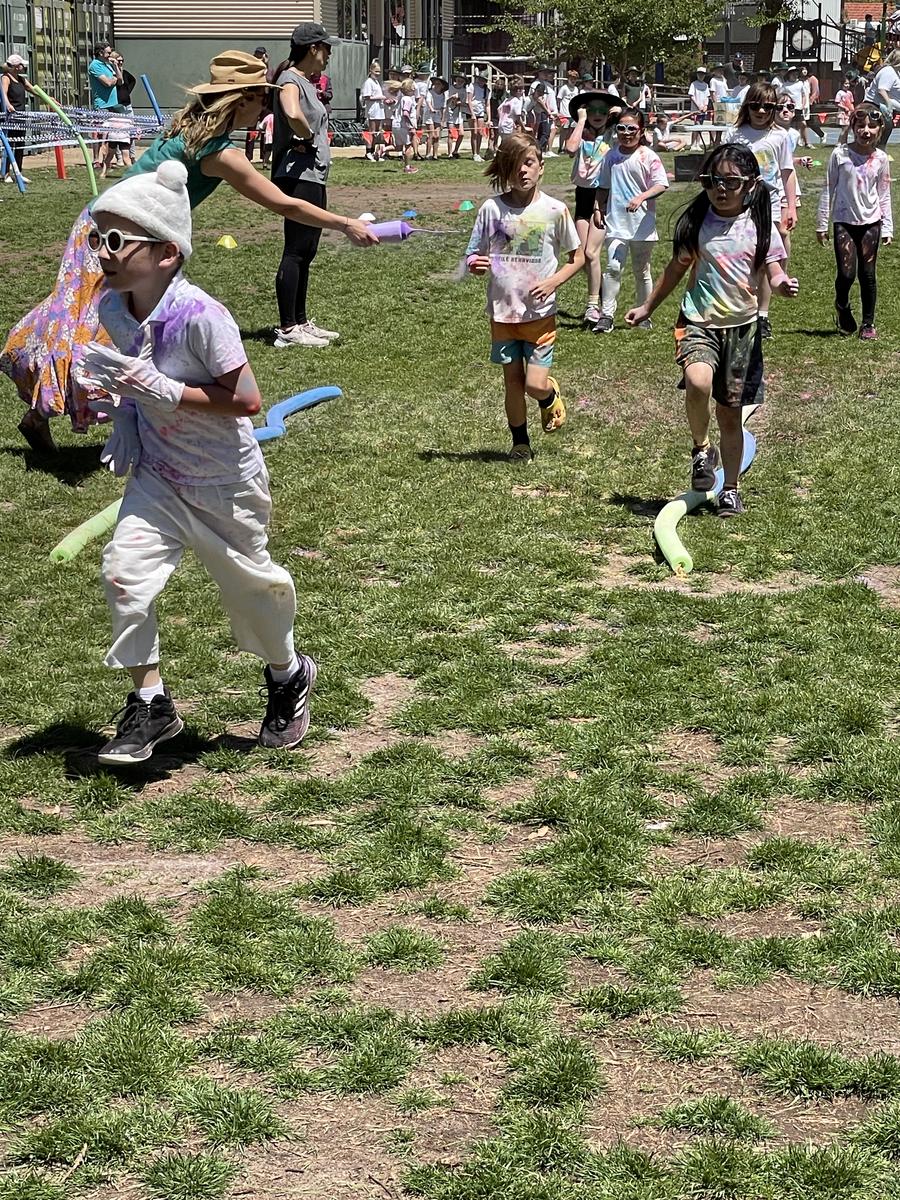Level 2: Connect

It’s hard to believe, but there are only a few weeks left until the end of the term! It’s been a busy and productive year, and as we approach the finish line, it’s a great time to reflect on all the growth and progress our students have made. Over the past months, we’ve seen them mature both academically and personally, developing new skills, tackling challenges, and building confidence in their learning.
As we enter the final stretch, we’re excited to celebrate our students achievements and continue supporting their growth as they wrap up this term. There’s still plenty of exciting learning ahead, and we look forward to making these last few weeks as engaging and rewarding as possible!
Writing
Over the next two weeks, our students will be revisiting and consolidating the writing techniques they’ve learned throughout the semester. This revision period will provide them with the opportunity to reflect on the progress they’ve made and strengthen their understanding of key writing skills. Students will practice refining their sentence structure, using descriptive language, applying punctuation correctly, and organising their thoughts clearly.
To wrap up the term, students will also create a Year 2 Reflection piece that brings together all the skills they’ve developed. This reflective task will allow them to showcase their growth as writers by incorporating the techniques they’ve learned, while looking back on their favourite pieces and moments from the year. By engaging in this process, students will not only consolidate their writing skills but also have the chance to express their achievements and personal growth, celebrating the progress they’ve made over the course of the semester.
Reading
In the coming weeks, our focus in reading will continue to develop comprehension skills, with the emphasis on inference and reasoning. Students will learn to go beyond the text and draw conclusions based on clues provided by the author, helping them better understand both the explicit
and implied meanings in stories and informational texts. They'll be encouraged to ask questions, make predictions, and connect the dots between different pieces of information. By sharpening these skills, students will become more thoughtful and critical readers, able to analyse texts more deeply and apply their understanding in a variety of contexts.
Spelling
The spelling pattern we are focusing on is:
Over the next couple of weeks, our students will be extending their language skills by learning how to apply the suffixes -able and -ible to base words. These common suffixes transform base words into adjectives, helping us describe how something is or can be. Throughout the lessons, students will explore the rules for adding -able and -ible to words, as well as how to choose the correct suffix based on the word's root.
They will learn key patterns, such as how -able is often added to complete words (like readable), while -ible tends to be used for words that have Latin origins (like visible). By the end, your child will have a stronger grasp of these suffixes and how they impact word meaning and usage.
Maths
Over the next two weeks, our students will be revisiting and refining their addition and subtraction skills, with a focus on solving simple problems using a variety of efficient mental and written strategies. This is an important opportunity for them to consolidate their understandings and explore different methods for approaching these operations.
What Will Students Be Doing?
Students will practice solving both addition and subtraction problems, applying mental strategies such as counting on, making tens, and breaking numbers into smaller parts. For example, they may use techniques like "near doubles" (e.g., 6 + 7 is close to 6 + 6) or adjusting numbers to make calculations easier. Alongside these mental strategies, they will also strengthen their written methods, including vertical addition and subtraction, which are especially useful for more complex problems.
Why This is Important
By building fluency with these strategies, students not only improve their speed and accuracy but also develop a deeper understanding of number relationships. Learning when and how to use different strategies is key to becoming a confident problem solver in mathematics.
How You Can Support at Home
To reinforce these skills at home, try to incorporate quick addition and subtraction exercises into everyday activities, such as counting out change while shopping or figuring out the total number of items in two groups. Encourage your child to explain how they solve the problems, whether they’re using a mental method or a written strategy.
Students in Action

